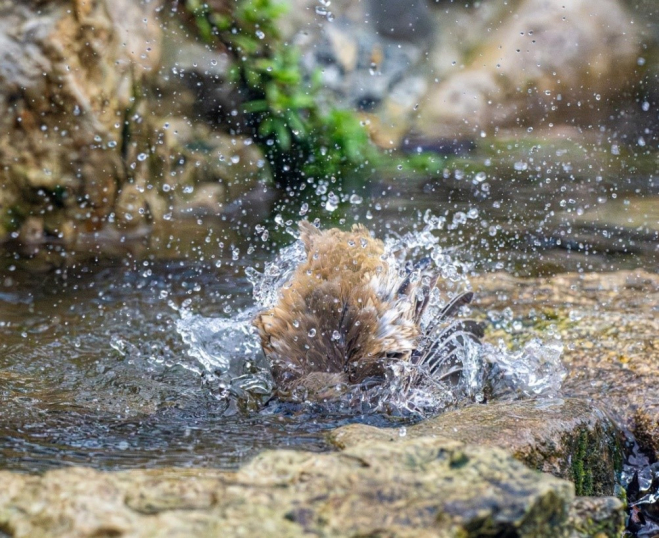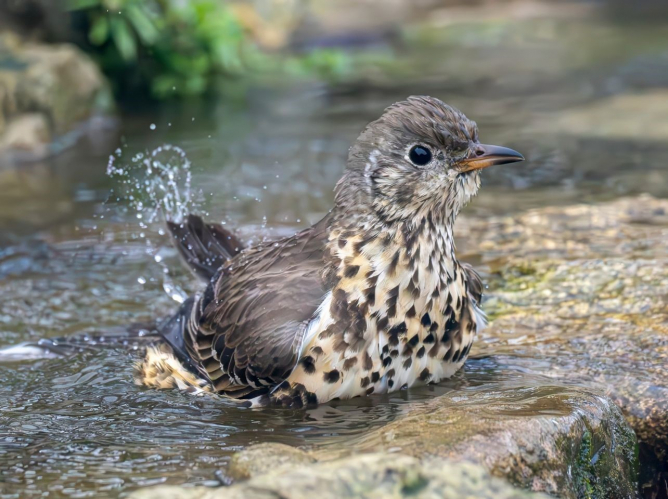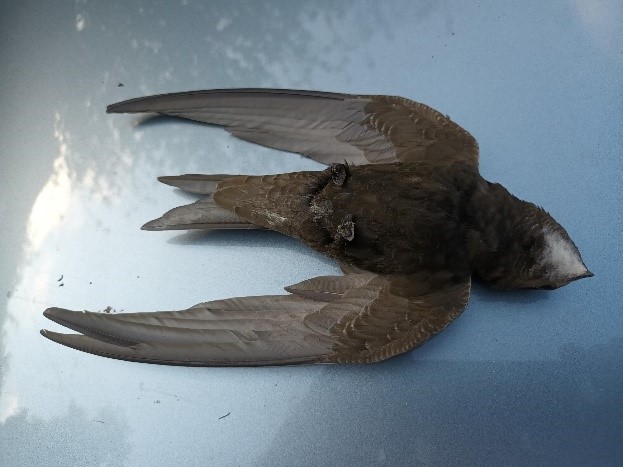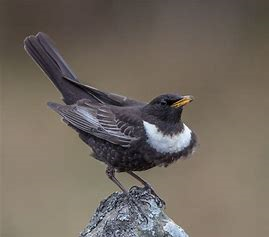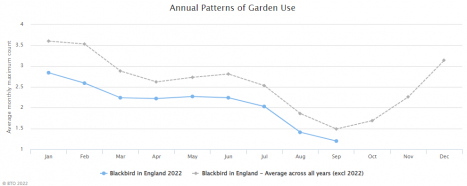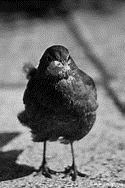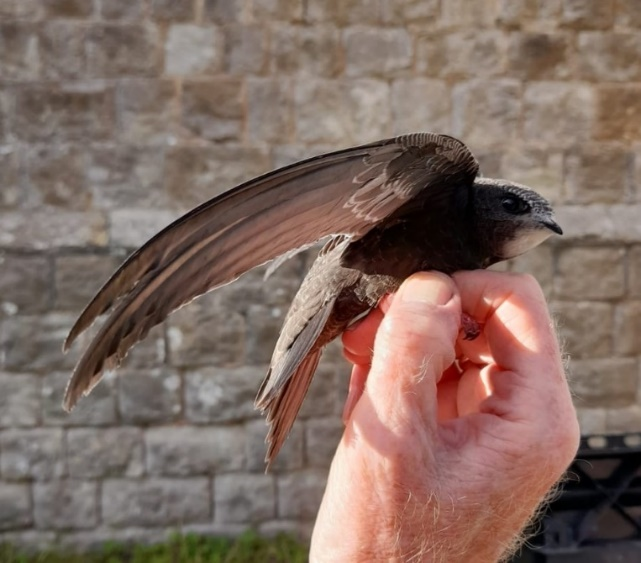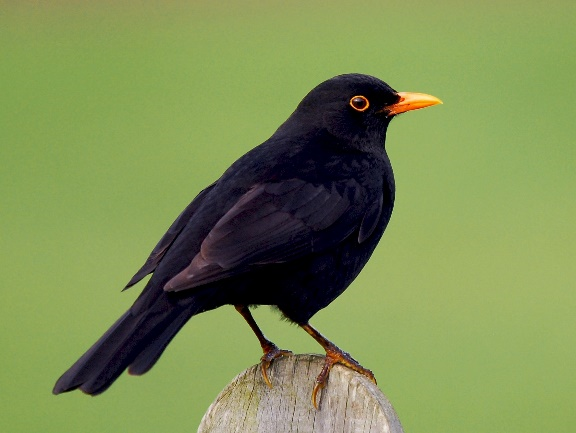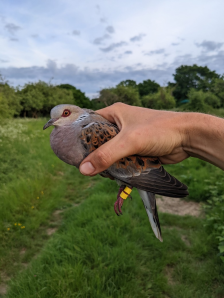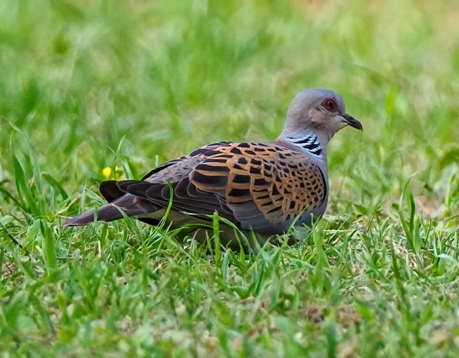My dog’s got no nose!
Really? How does it smell? I’m sure you know the punchline...
But Mozart, who kept a pet starling that scholars claim may have influenced some of his compositions, could have substituted ‘my starling’ in the joke. He kept one as a pet after buying it from a shop when he heard it singing – note perfect apparently - one of his compositions and made use of the bird’s remarkable vocal output to inspire some of his work. Given so close an interest in the bird, he would no doubt have revelled in what we now know about starlings’ vocal agility and, also, their noses. It’s the olfactory part of the brain that’s the key, of course, not a large appendage on the face.
By the time you read this, your gardens and bird feeders may well be overwhelmed by crowds of raucously begging fledgling starlings. My apparently bizarre musings are not unconnected! They were prompted when I saw two adult starlings plucking bits of leaf from a trough of wildflowers outside my kitchen window. It’s been known for a long time that starlings (and some other hole nesters) select certain scented plants to add to their nests. The assumption was that their nests need all the help the adults can provide to keep them sweet-smelling; five starling youngsters leave quite an unsanitary mess behind them.
But is it the sweeter smell of the herbs that drives this behaviour? Without a nose as such, nobody could conclusively claim until now that starlings (or any bird) got information by sniffing. But modern techniques (MRI scanning for example) have identified and can 'read’ the olfactory centre of the brain, demonstrating that starlings can indeed smell. It seems, though, this only occurs during the breeding season, so this temporary capacity to smell must have evolved to benefit reproduction – hence all those starlings clamouring for food on your lawn. It was no surprise, therefore, when it was found that volatile substances in the plants the birds select may have anti-microbial properties that help reduce pathogens likely to damage the chicks.

Studies have shown that young starlings raised in nests containing the additional scented herbs carry fewer bacteria and have a higher fledging weight than those reared in nests without them. The incubation temperature is also higher in those nests too. It has also been suggested that the scented plants don’t reduce the number of fleas and mites etc. that parasitise the nest, rather, they stimulate the chicks’ immune system, so they are better protected. So, do the sweet-smelling deodorants and wipes we humans spend a small fortune on work better because they smell nice? No doubt the manufacturers would like us to think so.
Not surprisingly, a herb frequently selected by starlings is yarrow - Achillea millefolium - so named because Achilles is said to have used it to heal wounded soldiers. It’s unlikely to be coincidence, therefore, that this plant has a long history of use in folklore cures for various ailments.
A smart male starling. But is he smart enough to offer the right herb?
What scientists have also observed is that the female starling may make choices depending on the scented plant on offer by the male. Were the two starlings I watched in my garden a male selecting a plant and offering it to a female for scrutiny? Unfortunately, it happened so quickly I couldn’t tell. But we do know female birds, just like humans, make mate choices based on how they think a male may be able to care for her and help raise healthy offspring.
A final thought then for any young Farleigh male planning to woo a fair Farleigh female: if the box of Milk Tray doesn’t work, you could try a bottle of Harpic – it’s available in four plant-scented varieties.
Ray Morris
(lepiaf@hotmail.co.uk)




